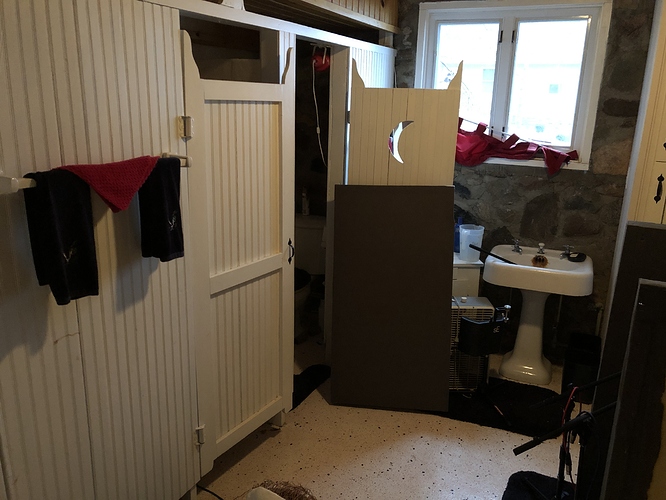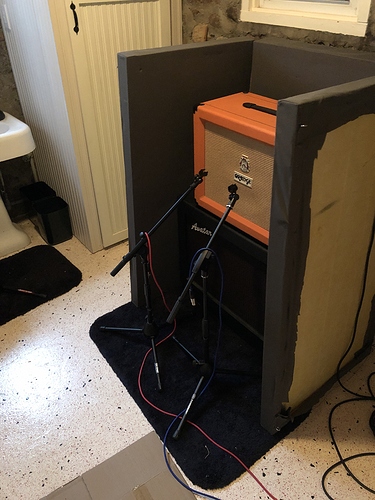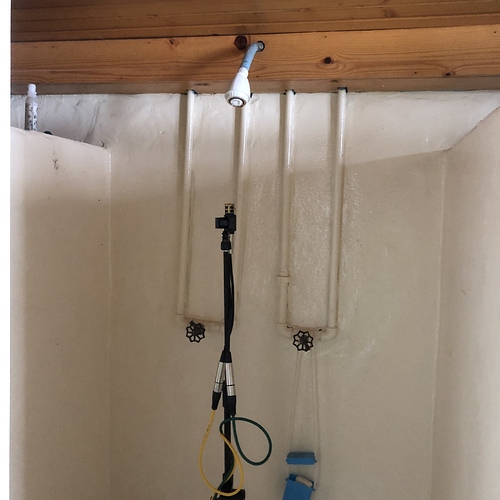I’ve had a bit more spare time as of late, so I was inspired to do some equipment testing/comparisons. I have a decent foundation of microphones and am starting to invest in mic pre’s. I’ve also got some guitar cabinets laying about. I’ve decided to start shooting out different mics through different pre’s in front of different speakers in different cabinets. While some of the data that will be generated will be stuff we all already know, like “put the 57 in that spot and it will sound good”, I’m more interested in how different speakers and cabinets sounds with different mics in different spots. Plus, it’s a fun project.
It’s a bit ambitious, but hey why not? I’m going to use this thread as a journal of sorts as I piece together the library of clips. I’m starting with high-gain because that’s just the kinda guy I am. After all this is done I’ll find out which of my amps has the nicest clean tone and do the same kinda run-through with that.
Here’s the rundown of what I’m going to be using (so far):
I have a short snippet of the guitar DI from the Funeral For A Friend track that I mixed. It has a nice mix of some chuggy chuggy stuff, some single note patterns, and some really open chording.
SIGNAL FLOW
I’m running line-out of Cubase into my Radial JCR ReAmp box.
This runs directly to the amp, and the amp outputs to a Rivera Mini RockRec load box, which sends the signal directly back into my interface, and also to the cabinet.
The cabinet is mic’d and the mics are plugged into preamps that are either directly patched into my interfaces or using the pre’s on the interface.
AMP
I’m currently using an EVH 5150iii 50-watt head. The settings are neutral, just noon on all the dials and the volume at a non-ear destroying 9 o’clock. This isn’t a guitar tone exercise so I’m not super concerned about that. I’m considering doing tests with some of my other heads, but that might be a rabbit hole I don’t want to go down because at current count I’ve got like 7 or 8 amp heads and pile of guitar preamps. That may wind up being another shootout for another day!
MICS
Here we have a mix of standards, non-standards, really good mics and a really awful thrown in for good measure.
Front Row (left to right):
- Rode NT-1 - Pretty average large-diaphragm condenser (LDC), marketed as a good podcasting mic.
- Audix D2 - Dynamic Tom mic.
- Audix D4 - Dynamic Tom mic.
- Audix D6 - Dynamic Kick Mic.
- Sennheiser E609 - Dynamic mic, I think it’s designed for guitar cab but I may be mistaken.
- Shure SM57 - Dynamic use-on-everything mic.
- MXL V67i - LDC, hot garbage from what I recall… but I got it cheap years ago!
 .
. - Cascade FatHead - Ribbon.
Back Row (left to right):
- Audix ADX51 - Small diaphragm condenser (SDC)
- Aston Origin - LDC.
- Aston Stealth - Dynamic with a ton of cool bells n whistles.
- 12 Gauge Microphones Blue - Electret Condenser… designed for high SPL levels, like guitar cabs!
- 12 Gauge Microphones Black212 - XY Stereo Electret Condenser - using as a room mic.
Not in the photo - Audix I5 - Dynamic mic similar to SM57
Speaking of the room…
THE ROOM
I’m currently staying in an old lake house and have my makeshift studio set up in the basement. Where I have the cabs set up in a bathroom that has 2 shower stalls… basically set up as a change room/showers for beach goers!
And I have the room mic set up in one of the shower stalls!
PREAMPS
- CAPI VP26 - DIY, I built both of these. I believe the circuit is based on an API design.
- FiveFish VT-73 - Another DIY, but I bought this for cheap on Reverb. It interested me because it’s got a 12AX7 tube in the signal path.
- Presonus XMAX - these are the pre’s in the Presonus Quantum. They’re regarded as very clean so I’m interested to see if these highlight what coloring the VP26 and VT-73 adds to the signal.
As I invest in more preamps I’ll add to the list.
CABINETS
I don’t have a ton of cabinets, but what I do have is a nice little cross-section to get some comparisons going.
- Orange PPC112 - loaded with a Celestion Vintage 30.
- Avatar G212 Contemporary - Loaded with a Celestion Vintage 30 and I think a Celestion G12M. Greenback. It actually might be a Creamback so at some point I’ll pop the back off the cab to check and amend this accordingly.
- Peavey 5150 4x12 - loaded with 2 Celestion G12T75’s and 2 Eminence Governors in an X pattern.
- Egnater 4x12 - It’s either the Armageddon or the Vengeance… I can’t remember which, it’s currently in storage. Will update once I grab it from the storage unit. I know the Vengeance has Celestion Elite-75’s in it and the Armageddon has Elite-100’s and G12T75’s.
I may also acquire more cabinets and speakers while this project is ongoing so this may be updated.
Alright so that’s the background info. I’ve started recording samples with the Orange cab, I’ll post results once I have them!
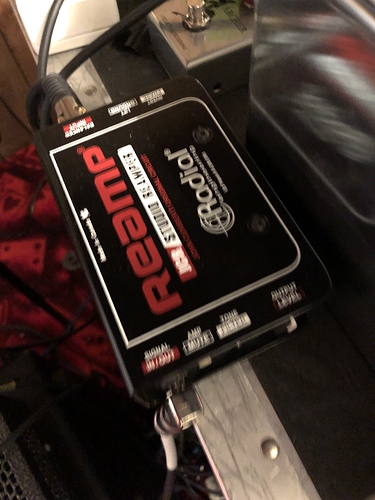
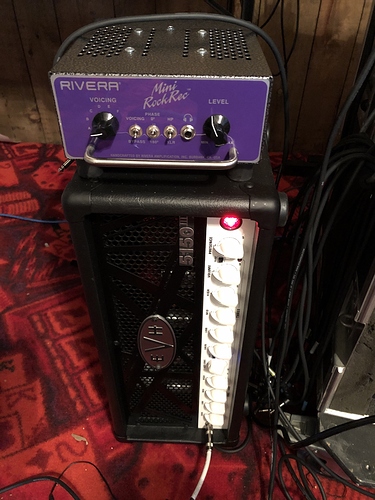
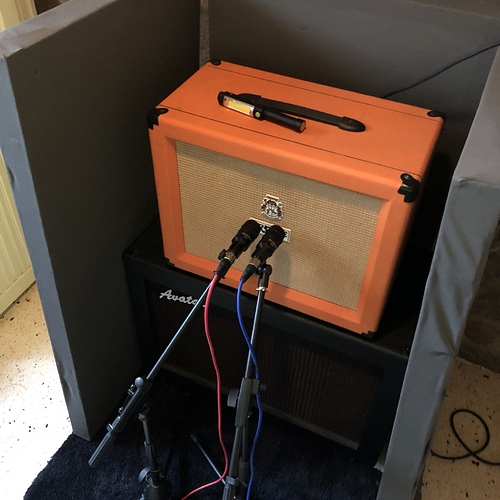

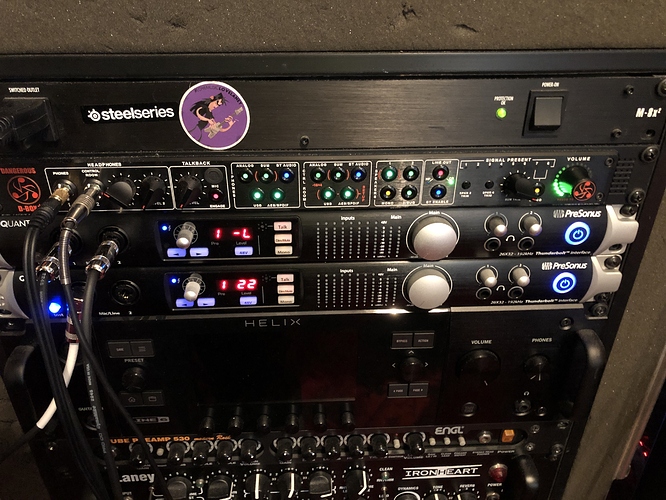
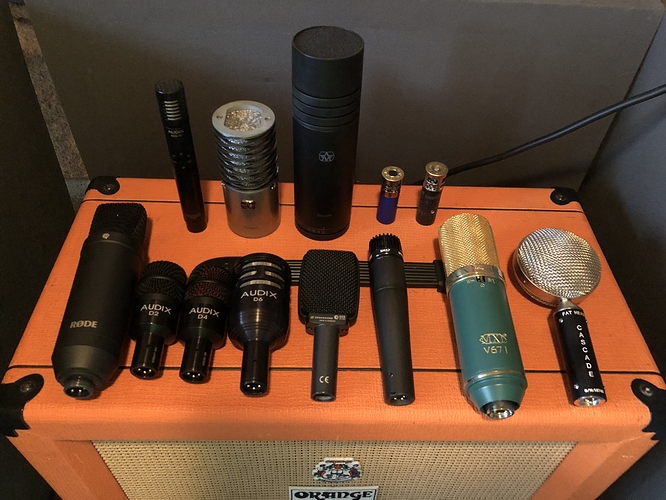
 .
.